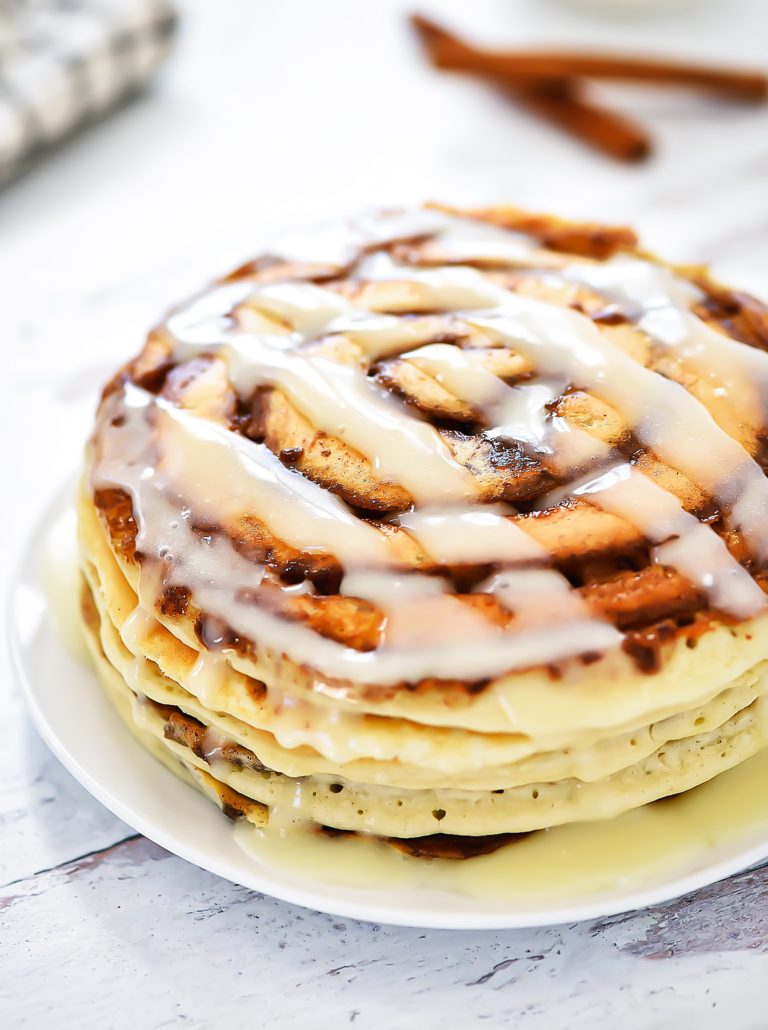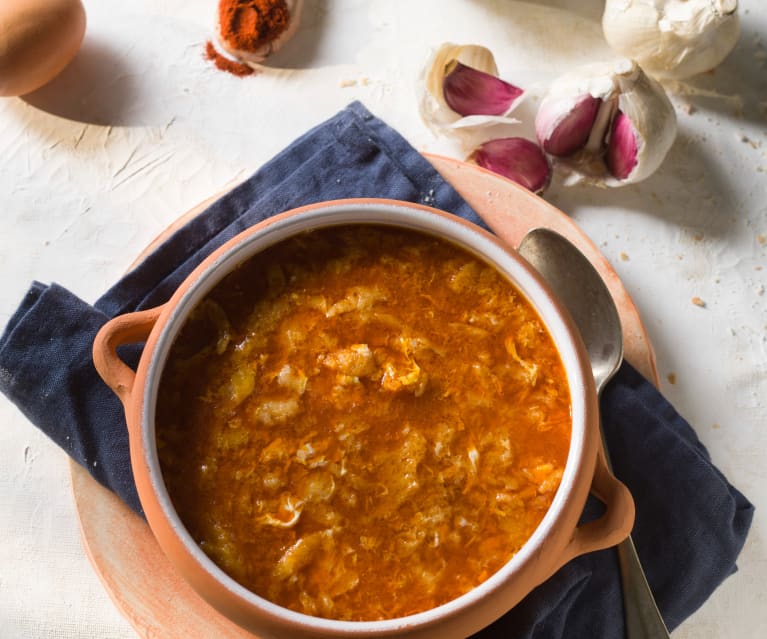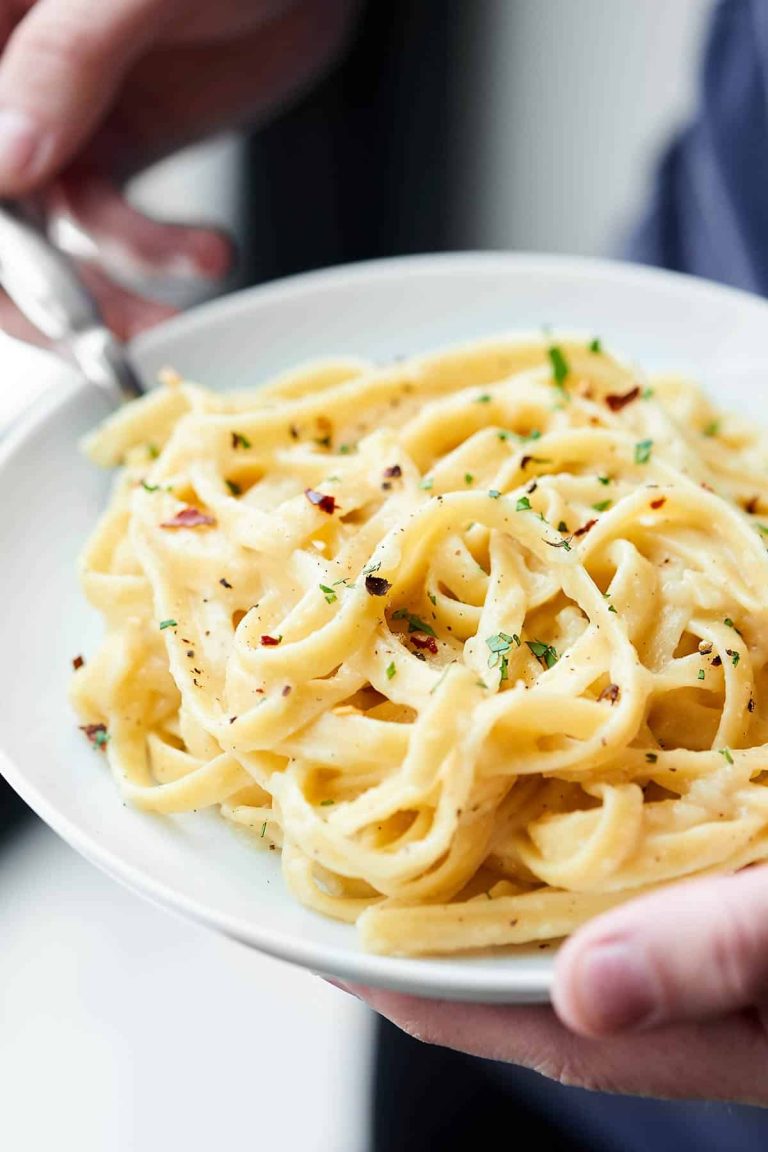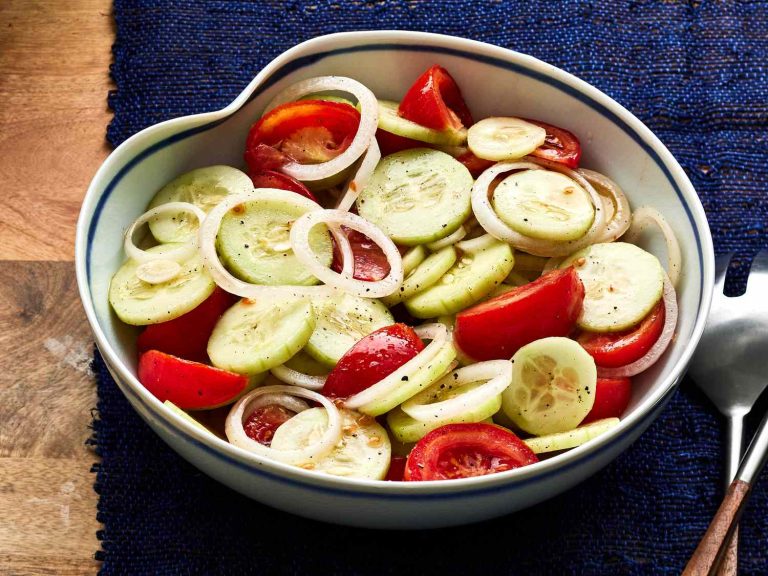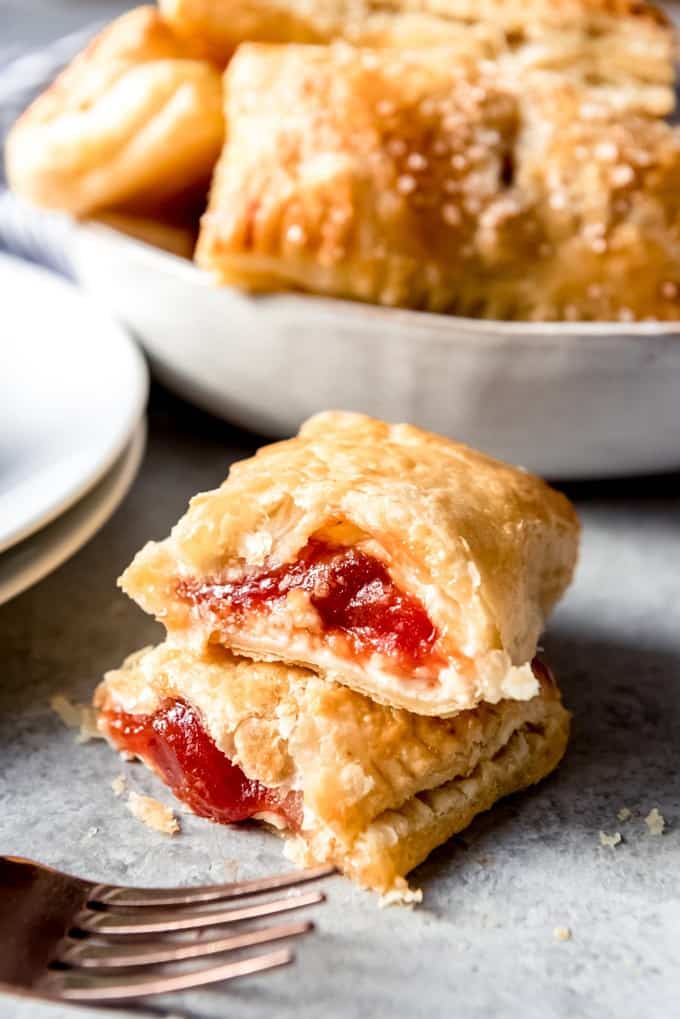British Butterfly Cakes: A Delightful Bake with Traditional and Modern Twists
Butterfly Cakes have been a staple in British baking since the early 20th century. These delightful treats likely gained popularity due to their visually appealing design and simple preparation. Though the exact origin is unclear, it’s believed they evolved from traditional sponge cakes. The design of the “wings” is reminiscent of Victorian-era decorations, which focused on aesthetic appeal within culinary creations. Early recipes found in British cookbooks from the 1920s and 1930s mention this iconic cake, showcasing its longstanding presence in British culture.
Connection to British Tea Time
Butterfly Cakes became deeply integrated into British tea time, offering an eye-catching addition to any spread. They complement the tradition of serving small, elegant pastries and cakes with tea. During afternoon tea, which gained prominence in the early 1840s among the British upper class, such delicacies became essential. The whimsical appearance and light, airy texture make them perfect for enjoying alongside a hot cup of tea. Whether during a formal gathering or a casual family meeting, Butterfly Cakes serve as a token of British baking proficiency and tea time customs.
Key Ingredients and Substitutions
Basic Recipe Components
British Butterfly Cakes use a few essential ingredients. For the cake base, you typically need self-rising flour, unsalted butter, sugar, eggs, and vanilla extract. Self-rising flour combines flour, baking powder, and salt, simplifying the preparation. Unsalted butter, when creamed with sugar, forms a light, airy texture that is essential for the cake’s structure. Eggs provide the necessary moisture and binding, while vanilla extract adds a subtle, sweet fragrance to the batter.
The filling usually involves butter, powdered sugar, and a hint of vanilla extract to make a creamy buttercream. Sometimes, a spoonful of jam is added for an extra layer of flavor. Powdered sugar, also known as confectioner’s sugar, dissolves quickly into the butter, creating a smooth consistency.
For the wings, you’d typically use the cut-out tops of the cupcakes. These get halved and placed onto the buttercream to create the butterfly effect.
Alternative Ingredients for Dietary Restrictions
Substitute essential ingredients to cater to dietary needs without compromising flavor or texture. Use gluten-free self-rising flour for those with gluten intolerance. Many brands offer this variant, ensuring the same rise and texture as traditional flour.
Replace eggs with flaxseed eggs (1 tablespoon of ground flaxseed mixed with 3 tablespoons of water) to make the cakes vegan. This acts as a binding agent while keeping the recipe plant-based.
Substitute unsalted butter with vegan butter or margarine for those avoiding dairy. Opt for plant-based butters to ensure consistent results. Use almond milk or any other plant-based milk to adjust the batter’s consistency if needed.
For a sugar-free option, consider using a sugar substitute like erythritol. Make sure to choose a variant that measures cup-for-cup with regular sugar.
These alternatives allow everyone to enjoy British Butterfly Cakes, ensuring inclusivity for various dietary restrictions.
Step-by-Step Baking Guide
Preparing the Batter
Start by gathering all required ingredients. You need 1 cup self-rising flour, 1/2 cup unsalted butter, 1/2 cup granulated sugar, 2 large eggs, and 1 tsp vanilla extract. Preheat the oven to 350°F (175°C) and line a cupcake tin with paper liners.
In a bowl, cream the butter and sugar together. Mix until light and fluffy, ensuring a smooth texture. Add the eggs one at a time, mixing well after each addition. Stir in the vanilla extract. Gradually add the self-rising flour to the mixture, folding gently to maintain lightness. Fill the cupcake liners about two-thirds full with the batter. Bake for 18-20 minutes or until golden brown. Use a toothpick to check if they are done; it should come out clean.
Creating the Signature Butterfly Wings
Once the cupcakes cool, use a sharp knife to cut a small, circular section from the top of each cupcake. This creates a shallow hole on each cake’s top. Slice the removed section in half to form two ‘wings’. Fill the hole with a dollop of buttercream or jam.
For the buttercream, you’ll need 1/2 cup unsalted butter, 1 1/2 cups powdered sugar, and 1 tsp milk or cream. Beat the butter until smooth, gradually adding powdered sugar until reaching the desired sweetness and consistency. Add milk or cream for a softer texture.
After filling each cupcake, position the sliced ‘wings’ back on top, angled outward to resemble butterfly wings. Dust with powdered sugar or add decorative sprinkles for an elegant touch.
Decorating and Serving Ideas
Classic Decorations
Classic decorations for British Butterfly Cakes evoke nostalgic charm. Use buttercream (made from unsalted butter, powdered sugar, and milk) to fill the cupcakes’ hollow centers. Place the “butterfly wings,” created from the cut-out tops, on top of the buttercream. Dust the cakes with powdered sugar to add a delicate touch. For a traditional look, you can choose pastel-colored buttercream or a simple vanilla flavor.
Add small edible decorations like sugar pearls or nonpareils to the icing to further enhance the classic appeal. Serve the cakes on a patterned china plate, often favored during tea time to complement the era’s aesthetics. Pair these cakes with English tea varieties like Earl Grey or Darjeeling to complete the experience.
Modern Twists On An Old Favorite
Modern twists on British Butterfly Cakes introduce inventive elements. Experiment with flavored fillings like lemon curd, chocolate ganache, or fruit preserves. Swap traditional buttercream for whipped coconut cream or mascarpone cheese to cater to different tastes. Use vibrant colors in the icing for a visually striking appearance.
Incorporate contemporary decorations, such as edible flowers or gold leaf, to elevate the cakes’ presentation. Arrange them on a wooden or slate serving board for a trendier display. Complement these modern cakes with specialty teas, like matcha or chai, to provide a unique flavor pairing.
Utilize these ideas to transform British Butterfly Cakes into a delightful centerpiece for any gathering, blending tradition with innovation.
Conclusion
British Butterfly Cakes offer a charming blend of tradition and creativity, making them perfect for any occasion. Whether you stick to classic buttercream and powdered sugar or experiment with modern twists like flavored fillings and vibrant decorations, these cakes are sure to impress. By following the step-by-step guide and incorporating the decorating ideas, you’ll create a delightful centerpiece that honors British tea time traditions while adding your unique touch. Enjoy baking and sharing these delightful treats with friends and family.
